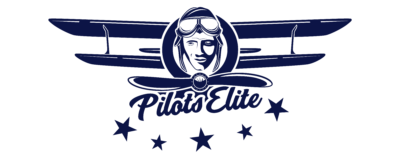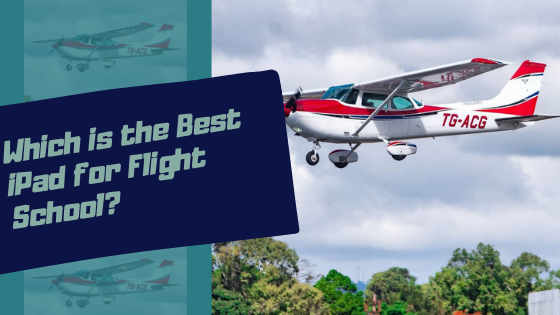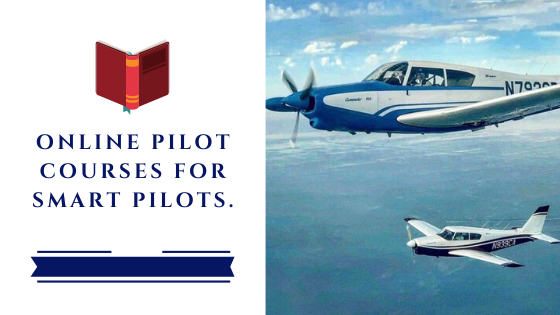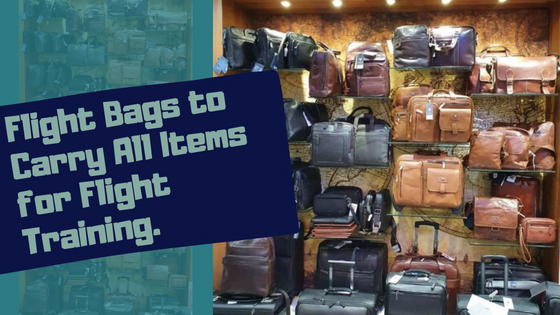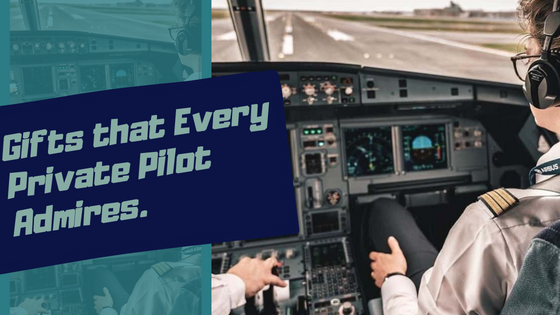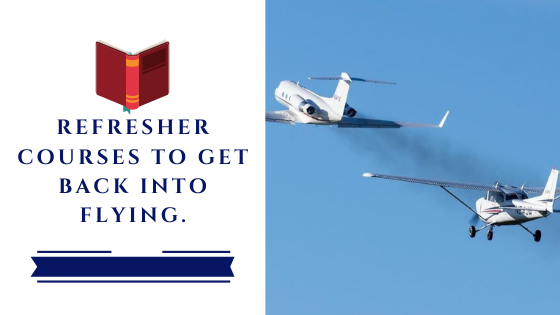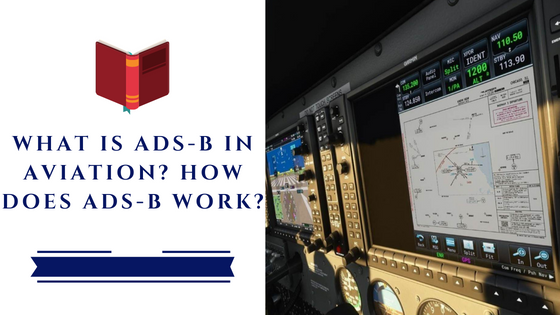Mastering Private Pilot Checkride Requirements: Ultimate Checklist.
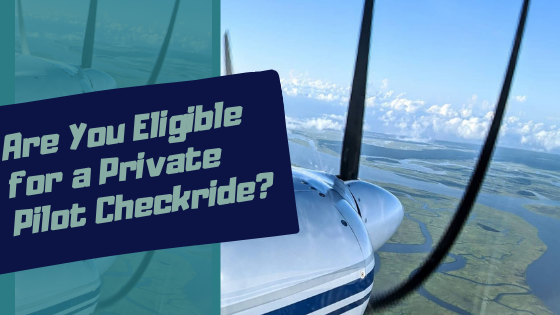
You passed your private pilot written test with flying colours. Now, it’s time to build up flying hours and get that private pilot license.
At your local airport, you’re about to begin your flight.
You’re going on a cross-country flight, yet something bothers you about the private pilot checkride requirements.
Having 40 hours of flying time is not enough to be eligible for the checkride.
You decide to discuss it with your flight instructor after the flight. However, you are tired after the flight and want to return home.
With a coffee in the evening, you begin your research online.
You came across this article through that, and I’ll do my best to reveal all essential checkride requirements.
It’s good that you realized the essence of knowing private pilot license requirements. Flight training without a plan and not knowing what the FAA requires precisely to become a private pilot can result in extra flight training.
It’s common for student pilots to exceed forty hours of flight experience only to find out they don’t fulfil the FAA requirements for a private pilot check ride.
Additional flight training costs more, but preparation and planning can make a significant difference and save you from supplementary fees.
Hence, accomplishing specific training tasks and discussing with your CFI what to do on your next flight is crucial to prevent the extra cost of flight training.
Use the above checklist to identify the flaws in your private pilot flight training.
Standard private pilot checkride requirements.
In this post, I explain the following, and hopefully, it will help you better plan for your private pilot checkride:
- Passing the private pilot knowledge test (written exam);
- Having adequate flying hours to meet FAA conditions;
- Mastering essential flight operation skills;
- Getting an endorsement from your CFI for a private pilot checkride is also a requirement.
The basic requirements for a private pilot license are to be at least 17 years old and speak, write, and read English fluently.
Having a third-class medical certificate and a student pilot license is essential.
Individuals must learn to execute specific tasks and accomplish certain flight legs to meet FAA prerequisites for a private pilot license.
Passing the private pilot knowledge test (written exam).
I urge all student pilots to go through private pilot license ground school, obtain an endorsement, and take the private pilot written exam right off the bat.
Taking the FAA knowledge test (also known as a written exam) has several advantages.
Passing the private pilot written exam is evidence that you have a fundamental knowledge of aeronautics, and this awareness reflects on your actual flight training.
As a result, one must pass the private pilot knowledge test before scheduling a checkride. You won’t be eligible for a checkride without passing the knowledge test.
Having adequate flying hours to meet FAA conditions.
The FAA requires a student pilot to log at least 40 hours of flying time before applying for a private pilot license. However, the national average in the United States is 60 to 65 hours for a student pilot to obtain a private pilot license.
A student pilot needs somewhere between 50 and 70 hours to apply for a private pilot license, not just in the USA but likely anywhere in the world.
Initially, student pilots don’t recognize the cross-country flight requirements or solo requirements.
Despite acquiring forty hours, you won’t be ready for a private pilot checkride if you can’t meet the following requirements:
- A student pilot must have 20 hours of dual flight or receive instruction from a CFI. These 20 hours must include:
- 3 hours of cross-country flight with a CFI;
- Three hours of night flight training, including the following:
- One cross-country flight over 100 nautical miles;
- Also, ten takeoffs and ten full-stop landings;
- 3 hours of flight training using instruments;
- Have three hours of dual flight within 60 days prior to the private pilot checkride.
- Fly ten hours solo, including:
- 5 hours of solo cross-country flight.
- At least one cross-country flight over 150 nautical miles and landing at three different airports. Each airport must have a distance of at least 50 nautical miles.
- Perform three solo takeoffs and landings at an airport with an operating control tower.
- 5 hours of solo cross-country flight.
SOURCE: FAA Airman Certification Standards.
Looking at the list above, it’s understandable why the national average for obtaining a private pilot license is higher than the required forty hours.
A Student pilot needs more hours of practice in the aircraft before they get their first solo flight, and once confident enough, they can go for their first solo cross-country flight.
Hence, it takes a while, and without frequent practice, a student pilot may get rusty and easily lose confidence in a solo flight.
Mastering essential flight operation skills.
Apart from building hours, mastering the essential skills to operate safe flights is also required.
The oral exam part of a private pilot checkride mostly consists of flight planning. If you’ve come this far and can’t create a flight plan, you can’t expect the Designated Pilot Examiner (DPE) to give you a passing score.
If you can’t make a flight plan for a cross-country flight, then sign up for an online course on flight planning.
This will save you the trouble of embarrassing yourself in front of a DPE.
Similarly, flight operation also includes navigation and communication. Dead reckoning and Pilotage are both part of VFR navigation.
The safety of a flight depends a whole lot on your communication.
Practice communication during your flight training. Don’t rely only on your CFI to communicate. Taking up the communication challenge early in your flight training would do a whole lot of good.
Lastly, your DPE may ask you to perform specific flight manoeuvres that are essential for private pilots to learn. Such manoeuvres are mentioned in the Airman Certification Standards.
Getting an endorsement from your CFI for a private pilot checkride is also a requirement.
Now that you have adequate flying hours and fulfil the flight requirements, you can request your DPE to endorse you for a private pilot check ride.
Ultimately, it’s your CFI that decides whether you’re ready to take the private pilot checkride or not.
Your CFI must be certain that you’re prepared for that big leap to ensure your safety and the safety of your airplane.
If you followed your CFI and maintained a system to grasp what you need to become a private pilot, you’re probably ready for the checkride.
However, your flight instructor needs to trust your ability. Once the CFI has confidence in you, you can obtain your endorsement.
After getting the private pilot checkride endorsement, discuss with your flight school when to schedule your checkride and what the demands of your local DPE are.
RESOURCES:
